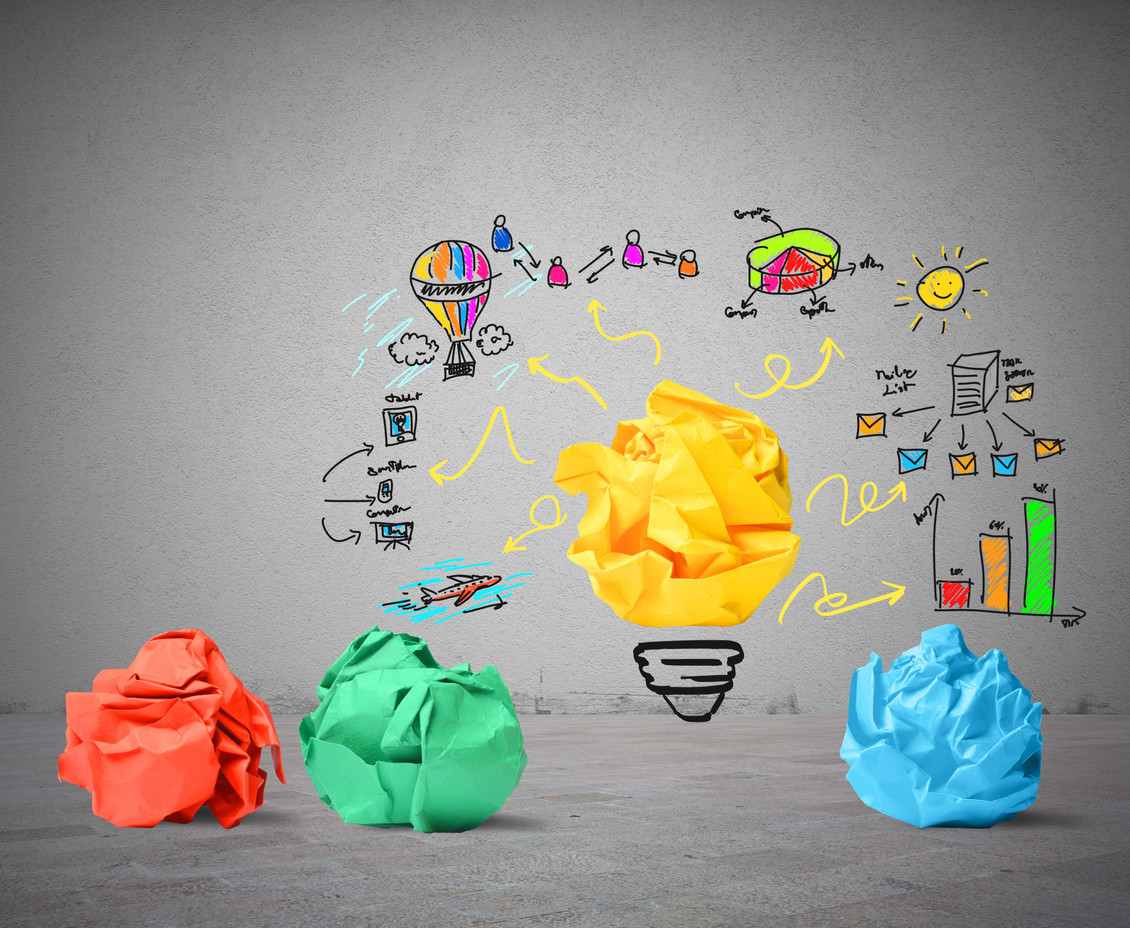In the design thinking methodology, the prototyping phase turns selected solution ideas into tangible forms. Even the most experienced design thinking teams can’t design the optimum solution on the first trial. Good design is a result of several iterations. Iteration is a cycle of doing something, testing it, improving it, and retesting it. The most efficient method of iterative design is prototyping.
Low Fidelity Prototyping: Iterations on prototypes are much easier and faster than on the final solution, where every iteration is very costly. Prototyping allows being adaptive, learning early from failures in initial iterations, and using this experience for later ones. For software solutions prototyping tools that allow mocking up the solutions can be used. These tools have features that allow interactive user actions such as navigating among user interfaces, selecting options by clicking on radio buttons, and getting notifications by error messages. Be careful not to shift the focus from conceptual design to visual details.
Storyboard Technique: If the new solution is not a software, a product, or a space but rather a service, a business model, or a new process, then the storyboard technique can be applied to prototype the solution. The new solution is described by visualizing user interactions as a story that is graphically represented with pictures in sequential sections and frames. The pictures can be created with a pen and paper and they do not have to be perfect, but they should be easily understandable.
Visual thinking is like seeing with the mind. It’s the ability to create images to express ideas. Prototyping can help visualizing creative ideas in order to turn them into reality as a tangible solution. ”If I can’t picture it, I can’t understand it.” – Albert Einstein
Simplicity: Even if a product is very elegant and functional, it cannot fully meet the needs of its users unless it is usable. Usability is a measure of how easy a product is for its users to apply and operate. Simplicity is the first rule of usability. ”A designer knows he has achieved perfection not when there is nothing left to add, but when there is nothing left to take away.” – Antoine de Saint Exupéry
However, ”Everything should be made as simple as possible, but not simpler.” – Albert Einstein
The best solutions are simplistic and intuitive, and allow users to easily find what they are looking for and complete tasks with minimal effort and error. Complex solutions make an experience difficult for users. Choice overload creates decision-making paralysis, anxiety, and stress rather than bringing more satisfaction to customers. People fail to complete tasks when their cognitive loads reach a certain limit (The Paradox of Choice: Why More Is Less – Psychologist Barry Schwartz). Creating simple designs requires extra time and effort. ”Any fool can complicate things; it takes a genius to simplify them.” – Albert Einstein

